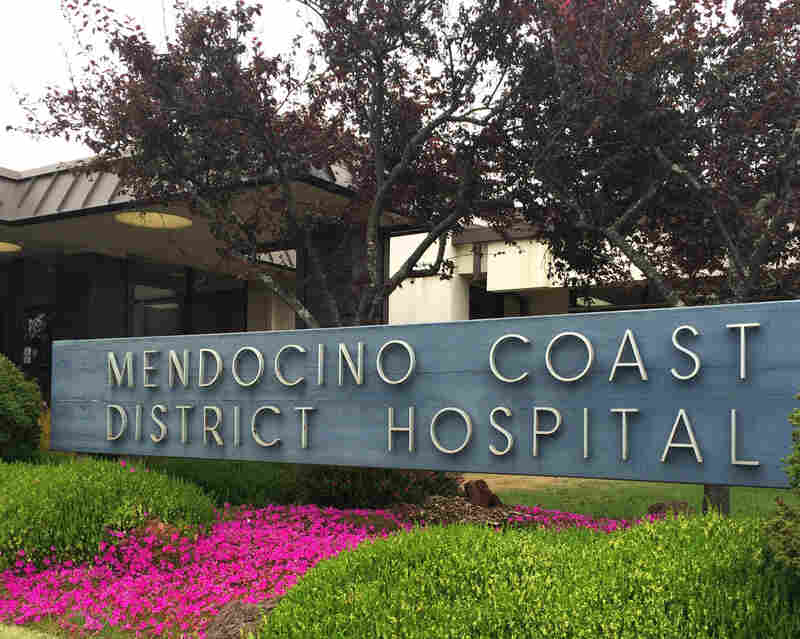Illinois House Leaders Override Governor's Veto On Heroin Addiction Bill
Illinois Rep. Louis Lang, D-Skokie speaks with colleagues on the House floor after the passage of a veto override on his heroin bill at the Illinois State Capitol in Springfield. Seth Perlman/AP hide caption
itoggle caption Seth Perlman/AP
Illinois lawmakers set aside their bitter partisan bickering Wednesday to override Republican Gov. Bruce Rauner’s partial veto of bill addressing the state’s heroin crisis.
Illinois has one of the highest rates of heroin overdose deaths in the country, and the Chicago area has led the nation in the number of emergency room visits related to heroin. And as we’ve recently reported, the heroin crisis has been growing worse as state funding for treatment programs has been cut.
The comprehensive Heroin Crisis Act would, among other things, allow the state’s Medicaid program to fully cover heroin addiction treatment.
Illinois is one of the few states that doesn’t allow Medicaid to pay for Methadone and other medication-assisted treatments. Methadone is one of a few drugs that can curb heroin cravings and treat painful withdrawal symptoms. Such medication is considered critical in helping users of heroin or other opioids overcome their addiction.
“It’s a monster, you know,” 47-year old Myron Boyd says of his heroin addiction. “It’s something that I wouldn’t wish on anyone.”
He says Medication-assisted treatment at the PEER Services treatment center in the Chicago suburb of Evanston is a vital part of Boyd’s recovery. “I feel like I’m privileged to be here,” Boyd says. “It’s been a lifesaver for me.”
The Illinois Consortium on Drug Policy estimates about 80% of those needing treatment for heroin or other opioid addictions don’t have health insurance to cover the cost of treatment. By extending Medicaid coverage to opioid addiction treatment, the federal government would have picked up much of the cost in Illinois.
But with the state in a deep budget crisis, Governor Rauner stripped out the measure to save money, as we reported last week.
Supporters call the veto shortsighted, arguing that every dollar spent on treatment saves 12 dollars in state prison, court and emergency room costs.
“In our zeal to save money, we must not forget about human life,” said State Rep. Lou Lang (D-Skokie), the chief sponsor of the Heroin Crisis Act.
Lang urged his fellow legislators Wednesday to override the governor’s veto. “Illinois is ground zero for heroin crisis in America. We’ve had more heroin deaths than any state in the nation.”
The Illinois house debate on the override measure, though brief, was emotional.
“Since this bill was passed just a few short months ago, I have attended two funerals of 25-year-olds who lost their lives to the heroin epidemic,” says State Rep. Kathleen Willis (D-Addison).
One of the funerals was of a constituent in her suburban Chicago hometown, she says, and the other was of a cousin who lived downstate. “There is not enough money that we can spend to save money,” Willis added. “It is impossible to put a price tag on it.”
Most members of the governor’s own party agree.
“Watching another kid left and right dying, overdosing over heroin, sickens me,” says Illinois House Republican Leader Jim Durkin of suburban Westchester. “It brings tears to many of our eyes and we have to do everything within our power to stop this and reverse this before it gets even more pervasive.”
As Amanda Vinicky of Illinois Public Radio reported, many drug treatment providers and advocates had feared the legislation addressing the heroin crisis would be another casualty of the bitter budget battle between Republican governor Rauner and powerful Illinois House Speaker Michael Madigan.
But the Illinois House voted 105-5 to override the governor’s veto.
“Finally people will get the treatment that they so desperately need,” says Kathie Kane-Willis, director of the Illinois Consortium on Drug Policy. “This legislation can be a model for the nation and I hope it will be.”
The override effort now moves to the Illinois Senate.
This entry passed through the Full-Text RSS service – if this is your content and you’re reading it on someone else’s site, please read the FAQ at fivefilters.org/content-only/faq.php#publishers.









